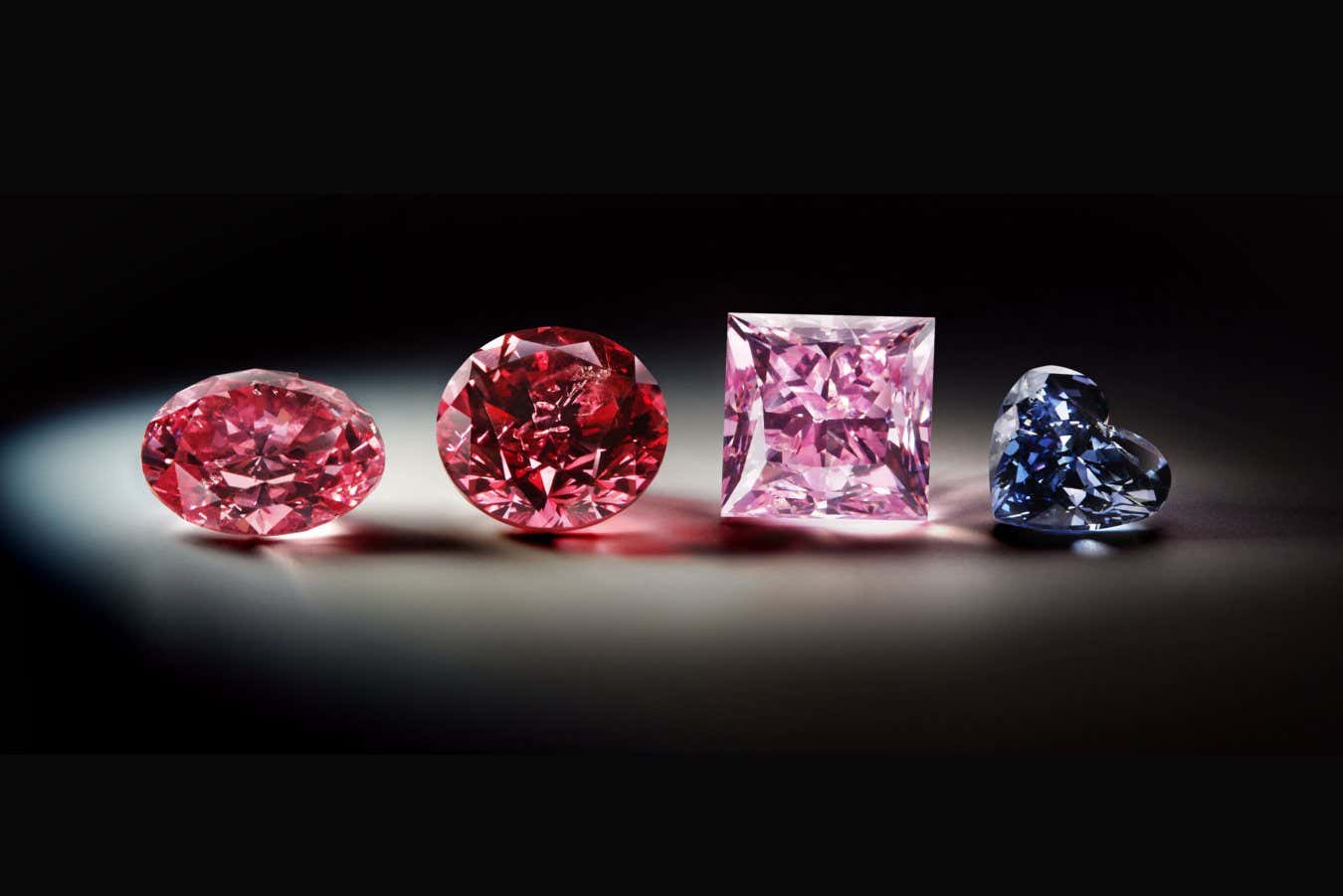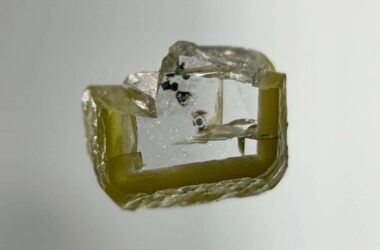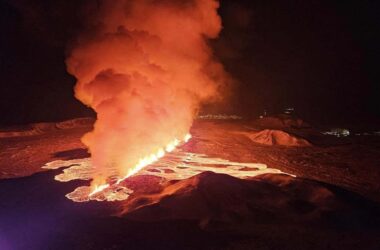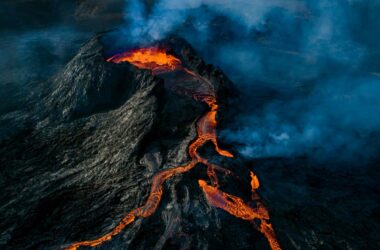Around 1.3 billion years ago, when the supercontinent Nuna broke up, Western Australia’s pink diamonds were brought to the surface from deep underground. These diamonds, found in the Kimberley region of Western Australia, are extremely rare and highly valued.
Like other diamonds, pink diamonds from the Argyle Diamond Mine initially formed at least 150 kilometers underground and were colorless. However, around 1.85 billion years ago, they turned pink due to a collision between two former continents that now form the northern and western sections of Australia. This collision deformed the crystal structures of the diamonds, causing them to reflect light differently and become pink.
To understand how and when these pink diamonds surfaced, researchers at Curtin University in Western Australia analyzed samples of diamond-containing rock from the Argyle Diamond Mine. By dating the surrounding rock using radiometric methods, they determined that the diamonds settled at the surface between 1.31 and 1.25 billion years ago, coinciding with the time when Nuna started breaking into smaller continents.
The separation of the northern and western sections of Australia allowed diamond-containing magma to well up between the former continents. This phenomenon is comparable to opening a sutured skin wound, where the stitches hold but a small amount of blood trickles out. Most diamonds are typically found in the middle of ancient continents, where they form at the base of the thick crust and are later brought up by volcanic activity. The unique placement of the Argyle deposit suggests that there may be more valuable diamond deposits at the edges of ancient continents that have been historically overlooked.
The Argyle Diamond Mine, which was the primary source for pink diamonds, closed in 2020 after 37 years of extraction. As a result, there is now a search for new deposits to continue the supply of these rare and sought-after gems.








